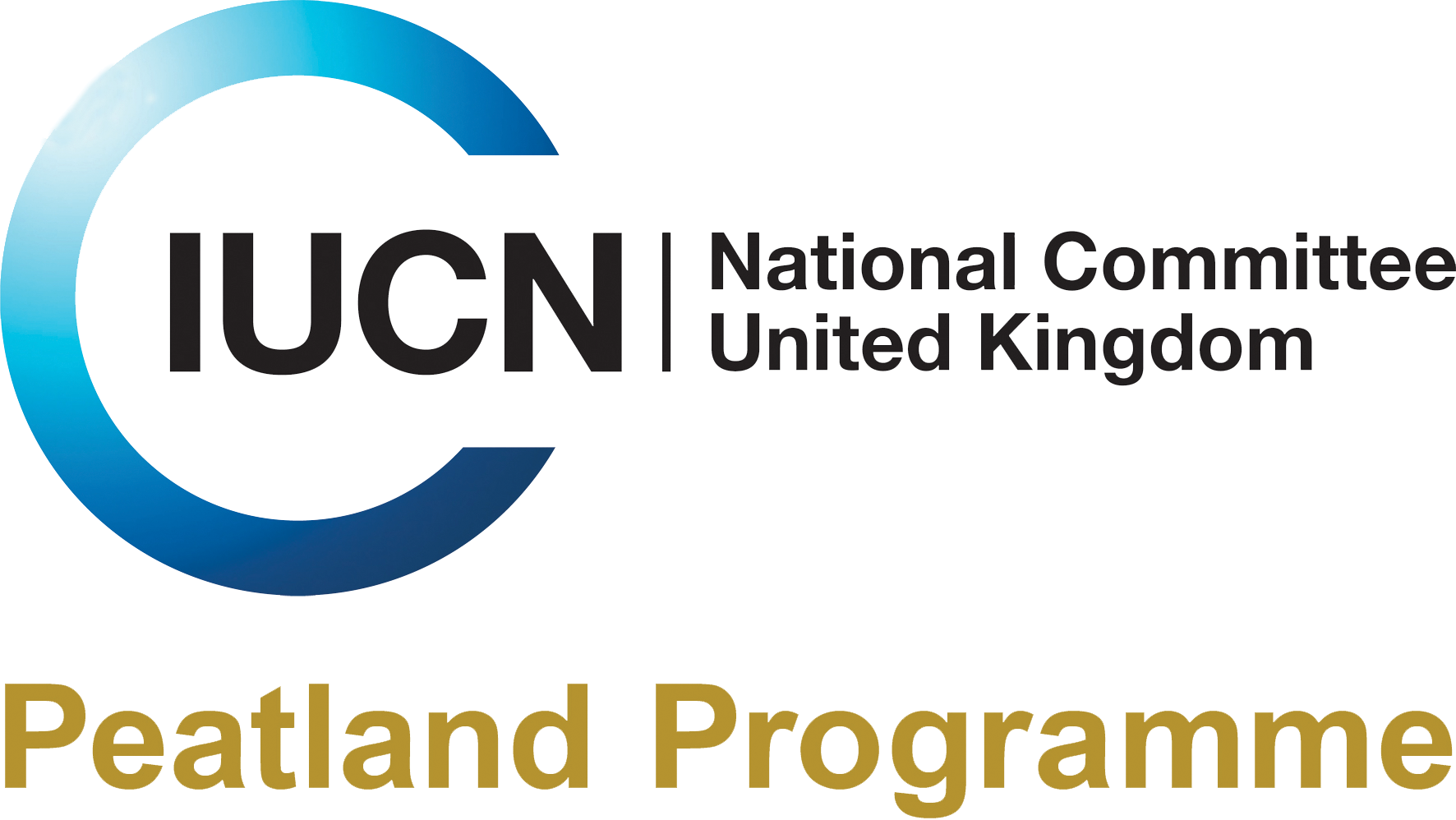Search
Search
An update on the Peatland Code
The Peatland Code continues to grow rapidly with 79 projects now registered and 10,300 ha of expected peatland restoration.
200 Projects for the Peatland Code
The IUCN UK Peatland Progamme have today marked a landmark milestone for projects registering for the Peatland Code.
Peatland benefits
Peatland conservation
Coastal and floodplain grazing marsh
Enormous flocks of geese, ducks and swans swirl down from wide skies to drop onto the flat, open expanses of flooded grazing marshes in winter. In spring, lapwing tumble overhead and the soft,…
Peatland Code Registering a Project
100 Project Milestone for the Peatland Code
The IUCN UK Peatland Progamme have today marked a landmark milestone for projects registering for the Peatland Code.
Peatland ACTION Fund Now Open for peatland restoration projects in Scotland
The Scottish Government announces Peatland ACTION funding for 2022 - 2023 is now open for applications.
New report highlights multiple benefits of peatland restoration around the world
A new report published today in Brussels highlights innovative projects from around the globe which are helping restore and conserve our threatened peatlands for the multi-benefits they bring to…
Eyes on the Bog monitoring at the Water Works project
A new set of monitoring equipment has been installed at the Water Works project site in East Anglia, by our Eyes on the Bog Champion, Jack Clough of the University of East London.
Peatland Code update - December 2021
The Peatland Code now has 48 Projects registered with a total of almost 8000 ha of peatland restoration. Find out more and watch presentation delivered at the Scottish Forum on National Capital…
